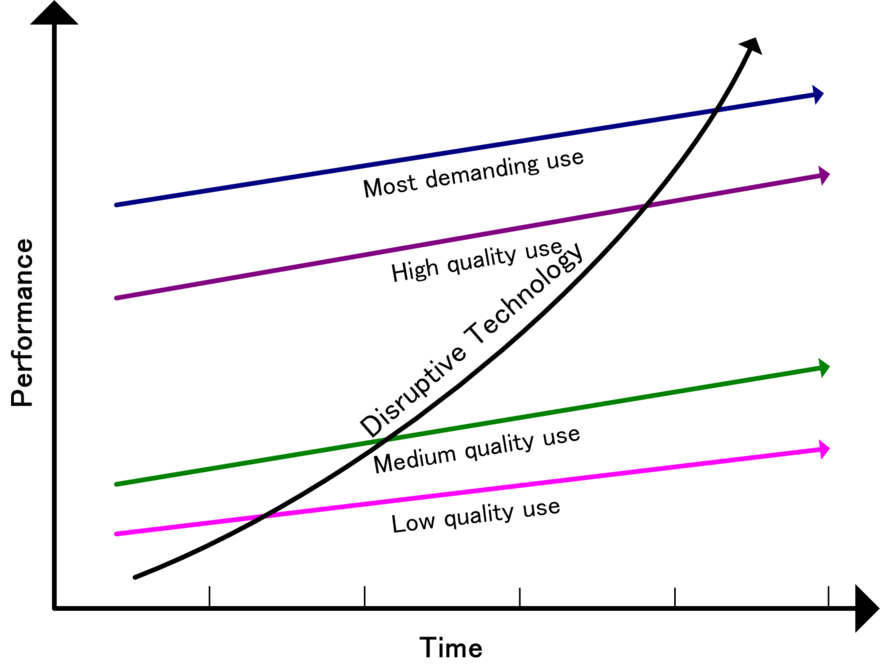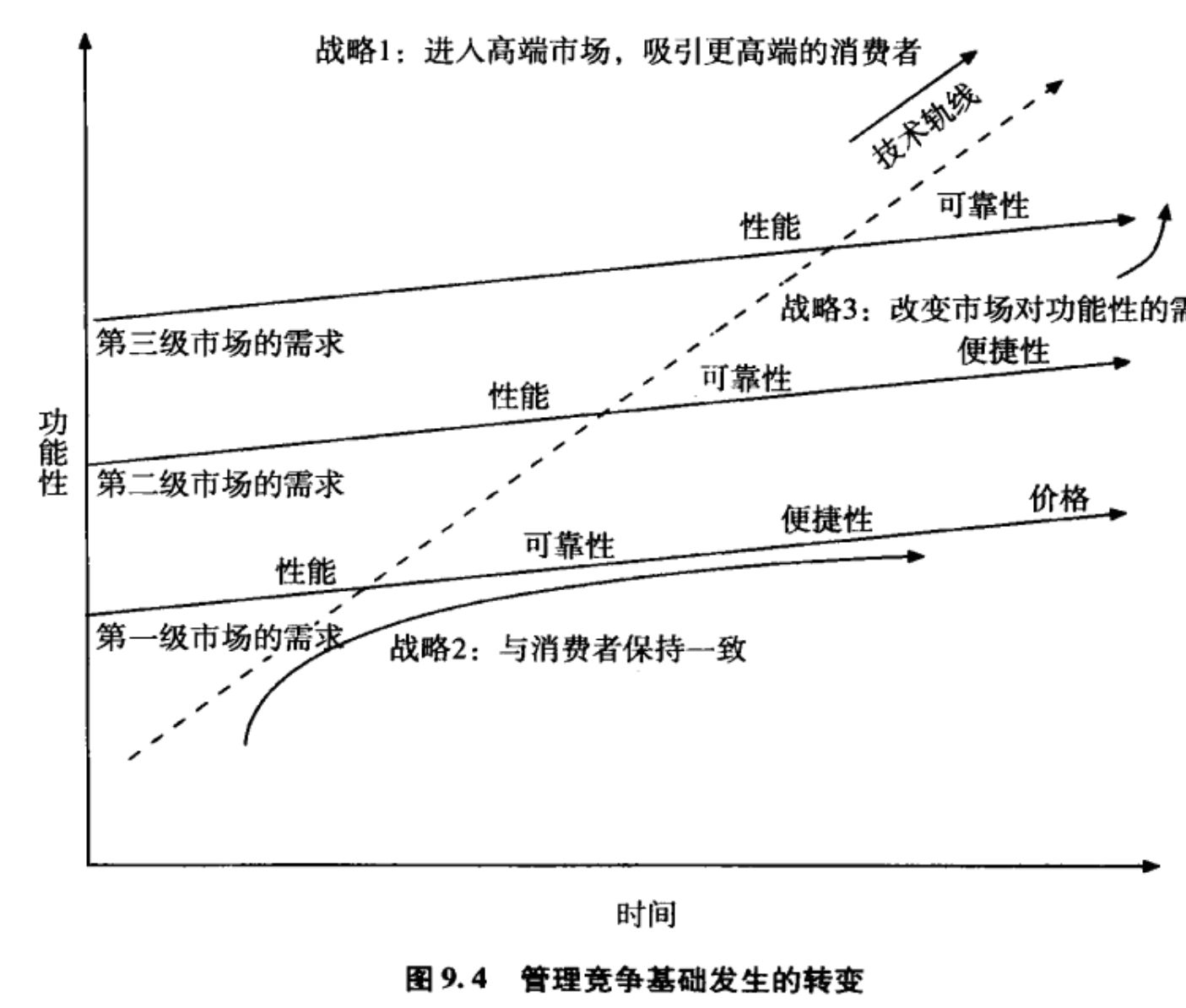What is the Innovator's Dilemma?
The core question of this book is, why do large companies win every battle but lose the entire war?
The core answer of this book is, because large companies excel at sustaining technologies but struggle with disruptive technologies.
Here’s the explanation:
What is a dilemma? A dilemma is a situation where one must make a difficult decision among two or more choices, and the options are emotionally unappealing to the decision-maker.
What is technology? The process of inputting low-value products and services to produce high-value products and services.
What is sustaining technology? A type of technology used to enhance mature products and services that mainstream consumers value.
What is disruptive technology? A type of product that differs from the value proposition of sustaining innovations. Although its performance may currently be lower than that of mainstream market mature products, it possesses other characteristics valued by niche consumers, often being cheaper, simpler, smaller, and more convenient to use; its future growth S-curve can quickly surpass that of mainstream products in the market.

What is the innovator's dilemma? Listening to customers and only pursuing sustaining technologies can lead to missing the next wave of revolution; meanwhile, the opportunity cost of self-disruption by pursuing disruptive technologies is high, with relatively greater risks, no short-term results, and dissatisfaction among mainstream customers. So how should decision-makers choose?

Can one easily pursue a second S-curve while satisfying the first S-curve? No, because the evolution of product competition is different at each stage, which includes four stages: performance, reliability, convenience, and price. The capabilities of organizations at each stage may not be interchangeable.
Does "not being good at disruptive technologies" mean that large companies cannot produce disruptive technologies at all? No, they can produce them, but even if they do, these disruptive technologies may not be applicable to their existing markets, while the new markets suitable for this technology may be unclear or too small, making it difficult to generate short-term benefits to predict the future S-curve. Discovering emerging markets is inevitably a process fraught with failures.
Guidelines for Managing Disruptive Technological Change
- Customers and investors determine the allocation of resources in enterprises.
- Small markets cannot meet the growth demands of large enterprises.
- The S-curve of disruptive technologies is difficult to predict, and it is impossible to analyze non-existent markets.
- An organization’s capabilities do not equal the capabilities of the resources that make up the organization.
- Technology supply does not equal market demand.
So how should large companies compete with small companies?
- Ensure that disruptive innovation - independent organizations - fit the market.
- There are sufficient resources within the organization to flow to these independent organizations.
- Prepare for failure.
- Actively seek emerging markets for disruptive innovation.